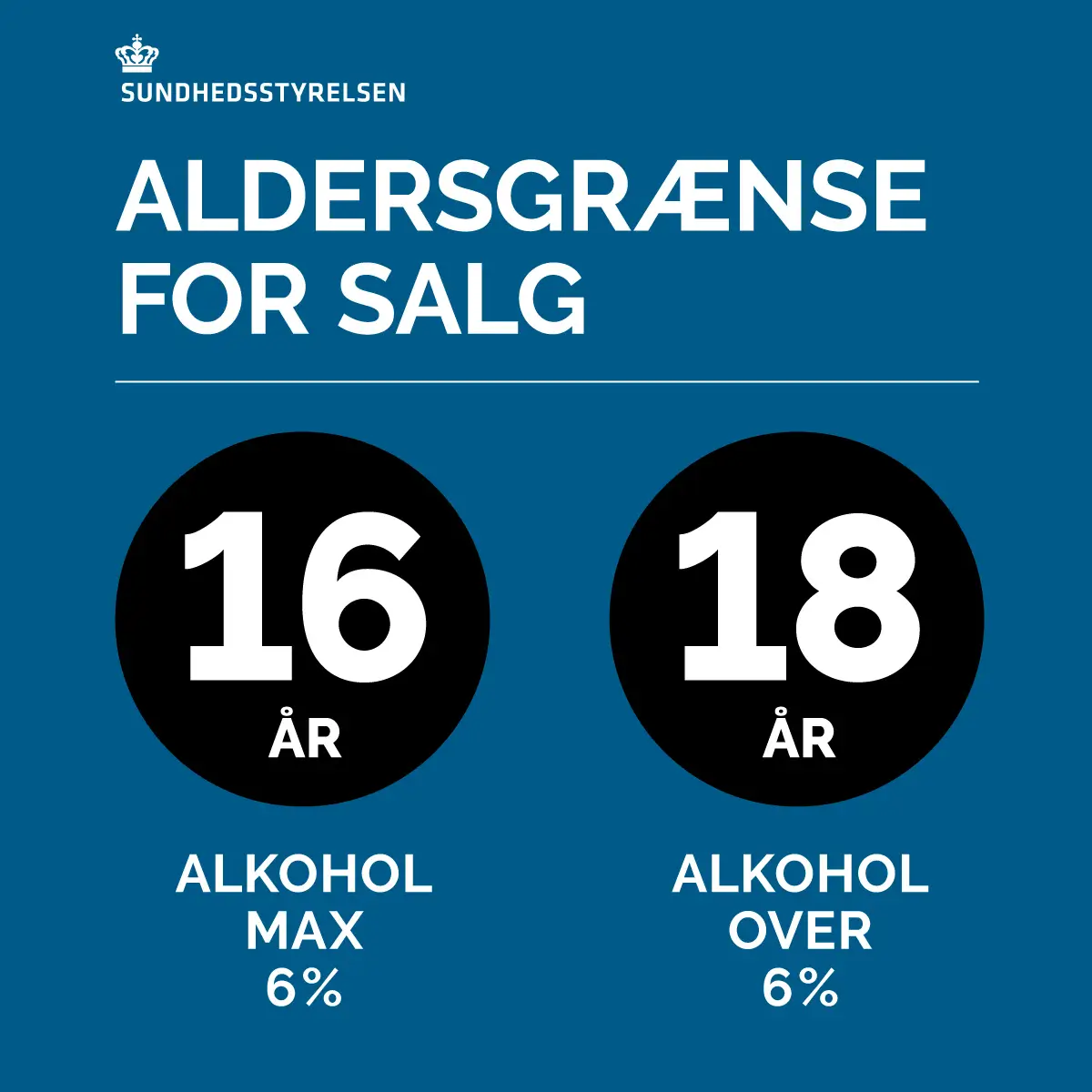Oversættelse:
"Beneficio" - The Quota System
The term "Beneficio" comes from Latin, meaning "to do good with." It is the annual quota distribution that informs each grape grower how much of the year's harvest can be used for port wine production, while the remainder can only be used for table wine. IVDP (Port Wine Institute) calculates the desired harvest amount each year, which depends on:
- The stock of port wine in Vila Nova de Gaia
- The previous year's production and export
- Export opportunities
Based on the above factors, it is decided how much port wine should be produced. This is announced on the first Sunday of August, stating how much wine from the upcoming harvest is "available to do good with" (beneficio) for port wine production. Based on this amount, a quota is then calculated for each grape grower, allowing them to make port wine. This is referred to as the Cadastro points system.
The table below shows an example of the Beneficio for 2021 for the different classifications of vineyards according to the Cadastro points system, and it is important to note that this changes for future years, as the overall quota changes annually.
| Class | Points | Liters per hectare |
|---|---|---|
| Class A | 1,200 or more | 1,890 liters |
| Class B | 1,001 to 1,200 points | 1,860 liters |
| Class C | 801 to 1,000 points | 1,701 liters |
| Class D | 601 to 800 points | 1,654 liters |
| Class E | 401 to 600 points | 1,418 liters |
| Class F | 201 to 400 points | 586 liters |
| Class G | 001 to 200 points | 0 liters |
| Class H | (-201) to 000 points | 0 liters |
| Class I | (-401) to (-200) points | 0 liters |
Cadastro points system
The basis for Beneficio is a clever points system called Cadastro, which is based on various factors concerning the vineyard.
Soil factors:
- Soil (from -400 to 100 points): The most points are given for shale soil, mixed soil gives fewer, pure granite gives even fewer, and others are awarded the least.
- Stones/rocks (from 0 to 80 points): A more stony soil allows rainwater to permeate, and shale reflects sunlight, retaining heat. Both of these are advantageous and are rewarded.
- Productivity (from 0 to 120 points): Lower productivity enhances the quality of the grapes.
- Slope of the vineyard (from 1 to 101 points): The steeper, the better. It provides better sunlight exposure for the grapes during ripening.
Climatic factors:
- Location: from -50 to 600 points. The entire region is divided into 5 climatic sections, each further divided into subsections. Each subsection is awarded different points. For example, far fewer points are awarded to vineyards in Baixo Corgo near Régua compared to vineyards in Cima Corgo near Pinhão. Read about the Douro Valley here.
- Elevation: from -900 to 240 points. Points are awarded based on the altitude of the vineyard. The points vary by sector, as mentioned above. The most points are given to vineyards located up to 150 meters in height, and the points decrease as the elevation increases.
- Windbreaks: from 0 to 60 points. The more sheltered, the better.
- Sun orientation: from -30 to 100 points. South-facing vineyards are naturally the best, while north-facing ones are the worst.
Factors concerning the grapes:
- Grape varieties: from -150 to 150 points. All authorized grape varieties are divided into five categories. The best category (Muito Boas) includes, among others, Bastardo, Tinta Francisca, Tinto Roriz, Tinto Cão, Touriga Franca, and Touriga Nacional, but also white varieties such as Malvasia and Rabigato. Learn more about grape varieties here.
- Training methods (from 0 to 100 points): The closer to the ground, the better.
- Vine age (from 0 to 60 points): The older, the better. However, this factor is currently a subject of some discussion.
- Vine density (from 0 to 50): Denser planting results in deeper roots and better quality today. In the past, it was the opposite.




